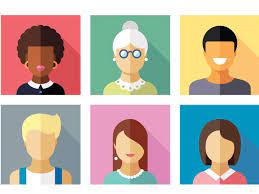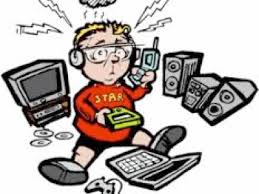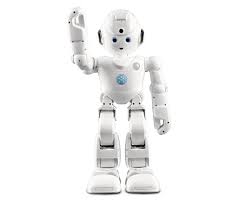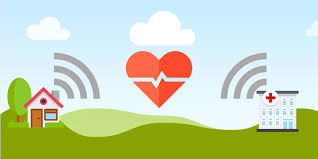Older adults can save tens of thousands of dollars annually by choosing assisted living communities over aging in place in their homes.
Unlike point solutions, Inspiren unifies resident safety, care planning, staffing, and emergency response into a single AI-powered platform.
An artificial intelligence-powered virtual assistant platform for senior living and care providers.
Betting that AI could lighten the clinician load.

 Picking on Apple because they are there, but of course they are not unique. What’s new with
Picking on Apple because they are there, but of course they are not unique. What’s new with  Digital literacy – what is it?
Digital literacy – what is it?  Context matters: consider the likely status of people in 10 years. It makes you think. Asked this question recently and pondered. What will be the context at that time? A decade from now, the oldest baby boomers will be 86.
Context matters: consider the likely status of people in 10 years. It makes you think. Asked this question recently and pondered. What will be the context at that time? A decade from now, the oldest baby boomers will be 86.  Sensor technology is increasingly useful in the care of older adults. As part of the research into the
Sensor technology is increasingly useful in the care of older adults. As part of the research into the  The biggest older adult tech news from August was audible.
The biggest older adult tech news from August was audible.